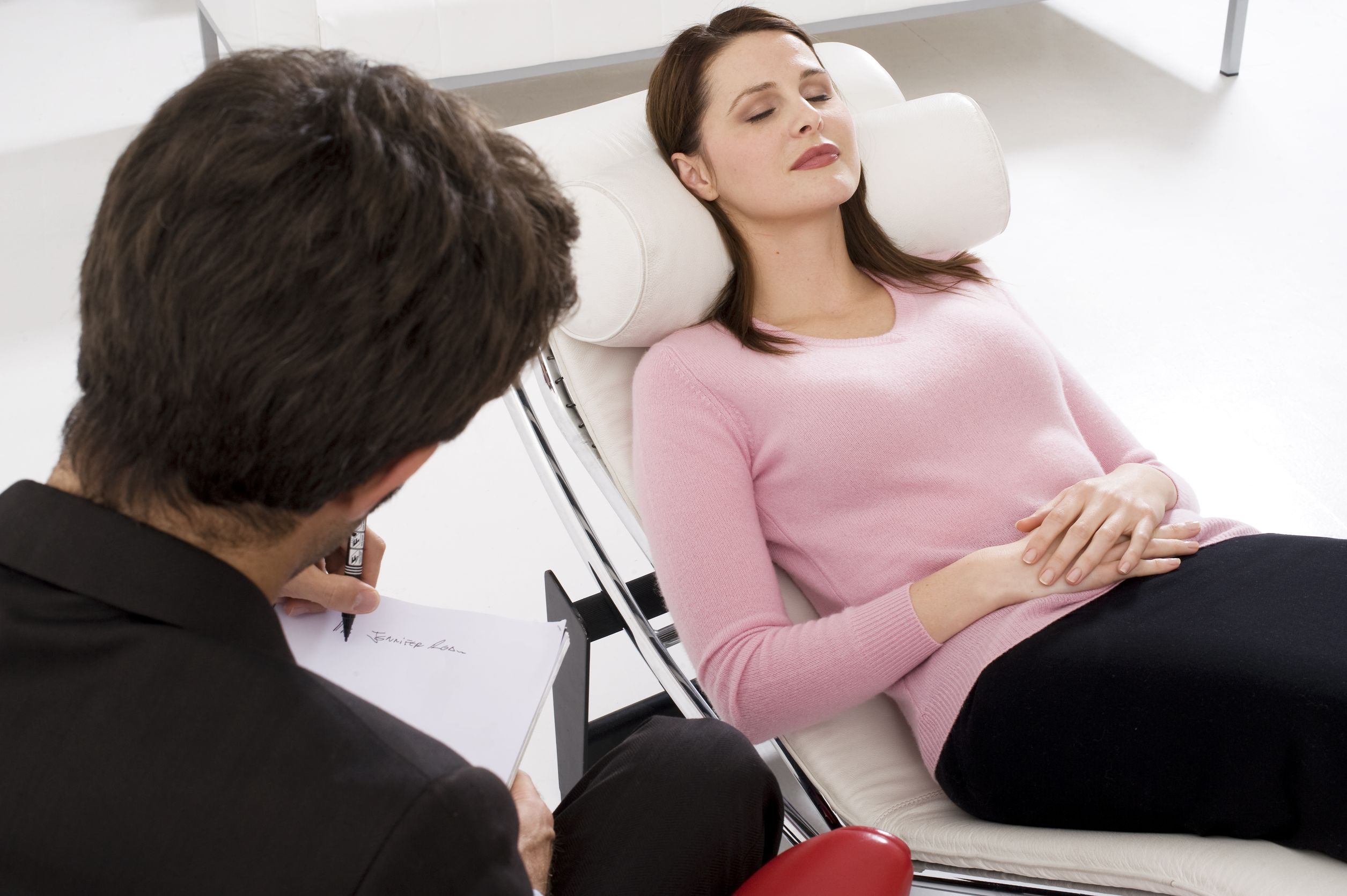A stroke is a medical emergency that occurs when the blood supply to part of the brain is interrupted or reduced, preventing brain tissue from getting the oxygen and nutrients it needs. This can cause brain cells to begin dying within minutes, making prompt treatment crucial to minimize brain damage and potential complications.
Types of Stroke
There are three main types of stroke:
1. Ischemic Stroke: The most common type, accounting for about 87% of all strokes. It occurs when a blood clot blocks or narrows an artery leading to the brain. Clots can form in the brain’s blood vessels, in blood vessels leading to the brain, or even in other parts of the body and travel to the brain.
2. Hemorrhagic Stroke: This type occurs when a blood vessel in the brain bursts, leading to bleeding (hemorrhage) in or around the brain. Hemorrhagic strokes can be caused by high blood pressure, aneurysms, and arteriovenous malformations (AVMs).
3. Transient Ischemic Attack (TIA): Often called a mini-stroke, a TIA occurs when the blood flow to the brain is temporarily blocked. Although TIAs typically don’t cause permanent damage, they serve as warning signs for a possible future stroke.
Symptoms of a Stroke
Recognizing the symptoms of a stroke is crucial for early intervention. Common symptoms include:
• Sudden numbness or weakness in the face, arm, or leg, especially on one side of the body
• Sudden confusion, trouble speaking, or understanding speech
• Sudden trouble seeing in one or both eyes
• Sudden trouble walking, dizziness, loss of balance, or lack of coordination
• Sudden severe headache with no known cause
FAST: A Quick Way to Identify a Stroke
• Face drooping: Ask the person to smile. Does one side of the face droop?
• Arm weakness: Ask the person to raise both arms. Does one arm drift downward?
• Speech difficulty: Ask the person to repeat a simple phrase. Is their speech slurred or strange?
• Time to call 911: If you observe any of these signs, call emergency services immediately.
Treatment for Stroke
The treatment for stroke varies based on the type:
• Ischemic Stroke: Treatment focuses on restoring blood flow. This may include clot-busting drugs like tissue plasminogen activator (tPA) if given within a few hours of the stroke’s onset, or mechanical thrombectomy, a procedure to remove the clot using a catheter.
• Hemorrhagic Stroke: Treatment aims to control bleeding and reduce pressure in the brain. This may involve medications to lower blood pressure or surgery to repair blood vessel abnormalities.
Rehabilitation
Recovery from a stroke often involves rehabilitation to help regain lost skills and independence. This can include physical therapy, occupational therapy, speech therapy, and support for emotional and psychological needs.
Prevention
Preventive measures are essential to reduce the risk of stroke. These include managing risk factors such as high blood pressure, diabetes, and high cholesterol, adopting a healthy diet, engaging in regular physical activity, avoiding smoking, and limiting alcohol consumption.
In summary, a stroke is a serious medical condition requiring immediate attention. Understanding its causes, recognizing the symptoms, and knowing the treatment options can significantly improve outcomes and reduce the long-term impact on individuals’ lives.



